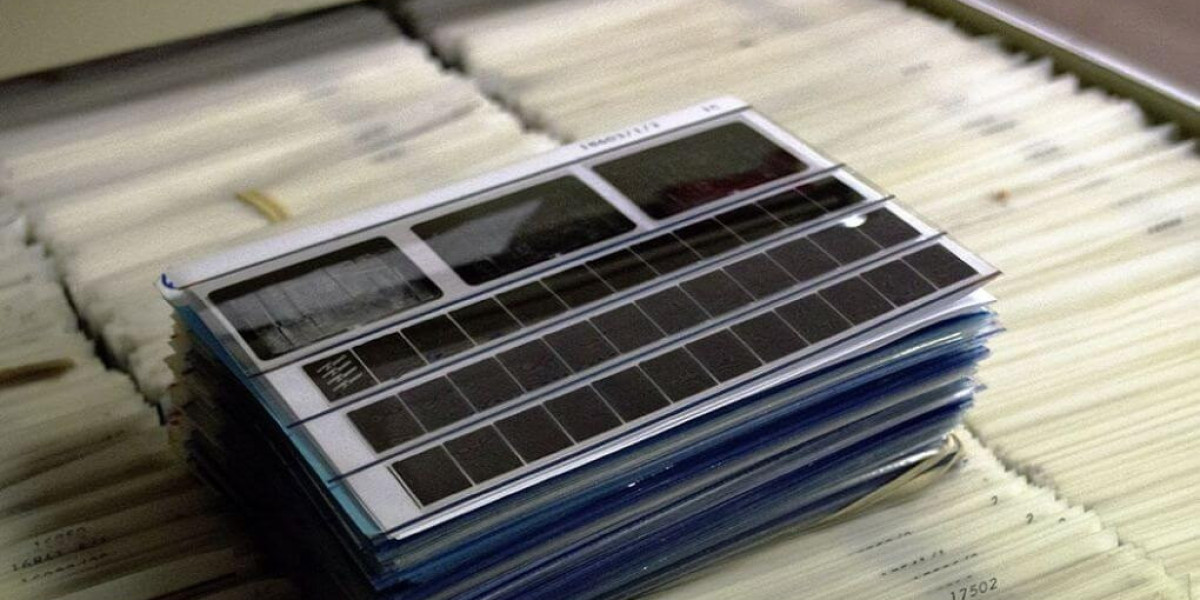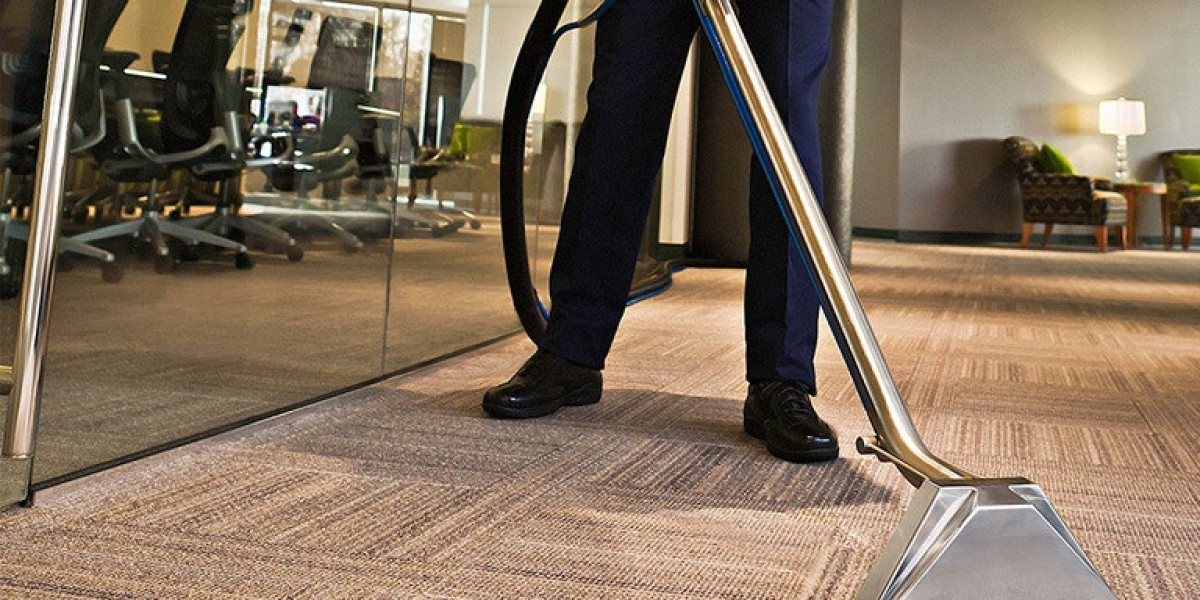In today’s data-driven world, organizations across industries are realizing that information is one of their most valuable assets. Yet, many institutions — from government agencies and universities to libraries and corporations — still hold decades of archived data stored on outdated formats like microfiche. While these compact film sheets were once a cutting-edge solution for preserving large volumes of documents, they’ve now become a challenge to manage, view, and protect.
That’s where microfiche conversion to digital comes into play — the modern, secure, and efficient way to bring your legacy archives into the digital age.
Why Microfiche Conversion to Digital Matters
Microfiche was revolutionary in its time, offering a way to store thousands of documents in a single drawer. However, technology has evolved, and with it, the need for faster access, remote collaboration, and enhanced data security. The film used in microfiche can degrade over time, and the specialized readers required to view them are becoming increasingly rare.
If your organization still relies on microfiche, you may already be facing issues such as:
Fading or damaged images that reduce readability
Time-consuming retrieval of individual records
Limited accessibility for staff working remotely
Physical storage costs and security concerns
By converting microfiche to digital files, you not only preserve your records for decades to come but also make them searchable, accessible, and easy to integrate into your digital workflow.
The Process Behind Microfiche Conversion
Understanding how microfiche conversion to digital works helps demystify the process and showcases its value. Professional document scanning companies use high-resolution scanners and specialized software to ensure every frame of microfiche is accurately digitized.
Here’s a simplified look at how the process typically unfolds:
Assessment and Preparation:
The service provider examines your microfiche collection — determining types, condition, and quantity — before creating a custom digitization plan.Cleaning and Indexing:
Each fiche sheet is carefully cleaned to remove dust and debris. The data is then indexed so that every file can be easily located after digitization.High-Resolution Scanning:
The microfiche images are scanned using advanced equipment that captures even the smallest details with clarity.Quality Control:
Every image is reviewed to ensure accuracy, legibility, and consistency in format and resolution.File Conversion and Delivery:
Once scanned, the images are converted into your preferred file formats — PDF, TIFF, or JPEG — and can be uploaded to cloud storage, shared drives, or document management systems.
Through this process, microfiche that once sat in cabinets for decades can now live safely and conveniently in your digital archives — ready to access in just seconds.
The Advantages of Going Digital
1. Preservation and Longevity
Film-based storage is prone to decay, temperature fluctuations, and light exposure. Converting to digital format ensures that your valuable records remain safe from physical deterioration, while backups can be easily created and stored securely.
2. Enhanced Accessibility and Searchability
Digital files can be retrieved in seconds using keywords, dates, or categories. No more digging through drawers or manually scrolling through microfiche readers — information is right at your fingertips.
3. Space and Cost Savings
Physical storage takes up valuable office or archive space. By digitizing microfiche, you can significantly reduce storage costs and redirect that space for more productive use.
4. Improved Data Security
Digital records can be encrypted, password-protected, and stored in secure cloud environments. You can also control who accesses specific files, ensuring compliance with data protection standards.
5. Future-Proofing Your Data
As technology advances, digital formats continue to evolve and adapt. Having your data in a flexible, easily transferable digital format ensures it remains compatible with modern systems for years to come.
Who Benefits from Microfiche Conversion?
A wide range of industries rely on microfiche conversion to digital services to modernize their records:
Government agencies preserving land records, birth certificates, or historical archives.
Libraries and universities digitizing research papers, historical newspapers, and student records.
Healthcare institutions transitioning from film-based patient files to electronic medical records.
Corporations and financial institutions safeguarding contracts, client data, and compliance documents.
No matter the sector, the common goal is the same — transforming static, fragile data into a dynamic, secure digital resource.
Choosing the Right Partner for Microfiche Conversion
Selecting a reliable microfiche scanning company is crucial. You need a partner that not only understands the technical aspects of digitization but also values data integrity and confidentiality.
When evaluating providers, consider these key factors:
Experience with large-scale archival projects
Use of high-quality, high-resolution scanning equipment
Secure data handling and encryption protocols
Compliance with data protection laws
Flexible output options and indexing capabilities
A trusted provider ensures that your digital conversion process is seamless, accurate, and compliant with industry standards.
Bringing Your Archives into the Future
The transition from microfiche to digital is more than just a technological upgrade — it’s a strategic investment in the longevity and accessibility of your data. In a world where information moves at lightning speed, being able to access historical records instantly gives your organization a competitive edge.
Whether you’re a public institution safeguarding decades of history or a business optimizing workflows, microfiche conversion to digital helps bridge the gap between the past and the future. It transforms your archives from static relics into living, searchable, and shareable digital assets.
Preserve your history. Protect your data. Power your future — one scan at a time.







